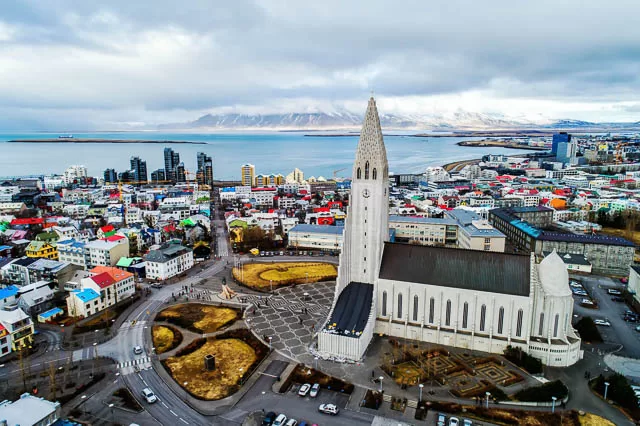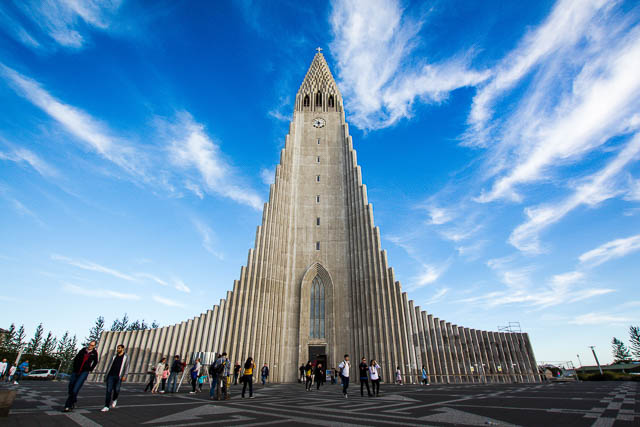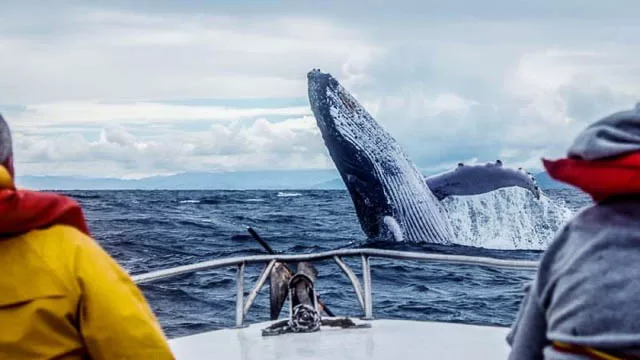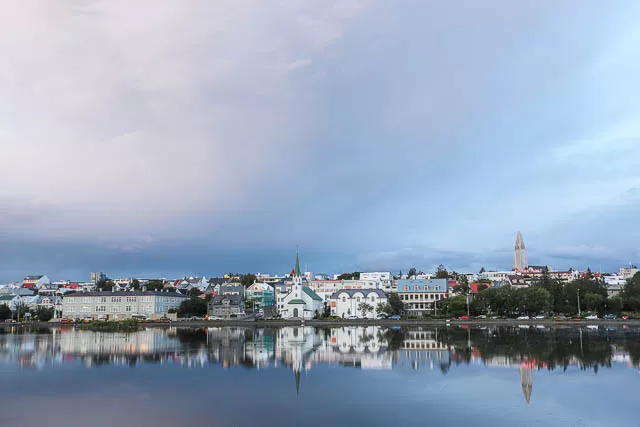About
Top Experiences
Type of Journey
Subscribe to newsletter and stay updated
Read about our travel expeditions, new destinations, new pictures, latest trip schedules
Iceland’s capital, Reykjavik, is well recognized for its relaxed, petite, and lively atmosphere. More than half of the nation’s population resides in this highly cosmopolitan, forward-thinking fishing community, which also warmly welcomes visitors from around the world. There are numerous museums depicting the extensive history of the Vikings in Reykjavik, as well as art galleries and a thriving nightlife. Enjoy a variety of international foods and geothermal pools. With a variety of day-trip choices to erupting geysers, magnificent waterfalls, and lunar lava fields, it is a very well-developed harbor area. It combines breathtaking natural beauty with a rich cultural history in an unusual way. The Reykjavik trips also include a stop for whale watching.
OVERVIEW
Location: South East Iceland
Nearest Airport: Hornafjordur airport
How to reach: 1 hr drive from Hornafjordur airport
Famous for: Glacial lagoon,
Diamond ice laced black beach
Best time to visit: January to December
WHAT TO SEE
City center, Austurvöllur Square, National Gallery of Iceland, Reykjavík Harbour, Whales of Iceland Museum, Tjörnin, Mount Esja, Greater Reykjavík, Glacier tours, Northern Lights tours, Whale-watching and puffin-spotting, Ásmundursafn, Landnámssýningin, Nautholsvik geothermal beach, Safnahús, Saga Museum, The Einar Jónsson museum
History and Modern-day Situation:
The first settler of the nation, Ingólfur Arnarson, came in Reykjavik in 874 AD. He gave the area the name “smoke bay” because he thought the distant plumes of steam rising from the boiling spring water were fire smoke. Up to the beginning of the 17th century, this location was hardly inhabited. A sea-fishing boom at the time lured Danish traders to the area, and as a result, a tiny shanty town developed to house the Icelandic labor force. Skli Magnsson, the official in charge of the town’s administrative affairs, developed Icelandic-controlled enterprises and opened a number of mills and tanneries in Reykjavik in the middle of the 18th century. Reykjavik was approved as Iceland’s capital in 1786. Reykjavik has changed since it gained its freedom in 1944, becoming a port and fishing harbor. It now serves as the hub of numerous minor industries. This area has experienced a significant rise in tourism. Travelers from all over the world enjoy Reykjavik tours, and the city is a pioneer in the utilization of geothermal energy for inexpensive heating.

Here is a list of the exciting things to do while you are on a Reykjavik tour:
Helicopter Ride: The Reykjavik tours on helicopters start from the City Airport and are one of the city’s most popular excursions. The helicopter ride provides exquisite views of the scenery of the Reykjanes Peninsula and Faxaflói Bay. It is a lifetime experience for tourists.
Glacier Tours: Another significant draw of the Reykjavik tour is the glacier trek. The most well-liked location in Reykjavik for a glacier tour is the Langjökull glacier close to Hsafell. It is the second-largest glacier in Iceland. Visit the Deildartunguhver hot spring, the Hraunfossar waterfalls, and the Hvalfjörur fjord. A super-jeep transports guests to the summit of the ice sheet from the Kaldidalur Interior.

Horse-riding: Indulge in a one or two-hour canter along the countryside or longer horse rides to local lava fields. You can also enjoy horse-riding trips to Geysir and Gullfoss. Most pickups take place from Reykjavik itself.
Swimming: Swimming is one of the most popular activities for Icelanders. It is a place to gossip, relax, and socialize. There are a number of hot water pools due to the abundance of natural hot water in Reykjavik. Enjoy swimming at Laugardalslaug, Sundhöllin, and Vesturbæjarlaug.
Excursions: Explore the beautiful city of Reykjavik with its numerous tourist attractions. Visit the site of the old parliament, Alþingi, at Þingvellir. Marvel at the water sprouts and waterfalls of Geysir and Gullfoss. Tourists can visit the Skálholt cathedral, the Reykjanes Peninsula, the mineral-rich waters of the Blue Lagoon, and many more. These places are easily accessible by the local transport system of Reykjavik.

Watching whales and puffins: Whale-watching Reykjavik is one of the most attractive features of a Reykjavik tour. Whale-watching and puffin-spotting tours usually depart from Ægisgarður, which is the main jetty in Reykjavik between Geirsgata and Mýrargata. Whale-watching Reykjavik tours take place all year round, sailing from Faxaflói Bay north of Reykjavík. Enjoy an encounter with minke whales, humpbacks, orcas, and dolphins. Occasionally, blue, fin, and sei whales also make an appearance. Daily trips take place twice around the islands of Lundey and Akurey for puffin-spotting between mid-May and mid-August. However, there has been a dip in the number of puffins in recent years.
Northern Lights Tour: This is one of the major attractions of the Reykjavik tour. The Aurora Borealis is most commonly seen between October and March. The best way to witness this marvel of nature is by boat trip from Reykjavik. If the skies are clear, you may be lucky in spotting the beautiful Northern Lights in the sky.
Food and Culture: Reykjavik is a city with a vibrant culture and a significant past. The National Museum of Iceland and the Reykjavik Maritime Museum, among others, exhibit the city’s rich cultural heritage. Numerous design stores can be found in the city, as well as the famed 12 Tónar, a haven for music lovers. During your Reykjavik trip, dance to the energetic nightlife while drinking renowned Icelandic handmade beer. The top restaurants and eateries in the nation may be found in Reykjavik. The majority of these locations are found downtown, close to Laugavegur and Austurvöllur Square. In this region of the nation, there are several mouthwatering cuisines to choose from.
